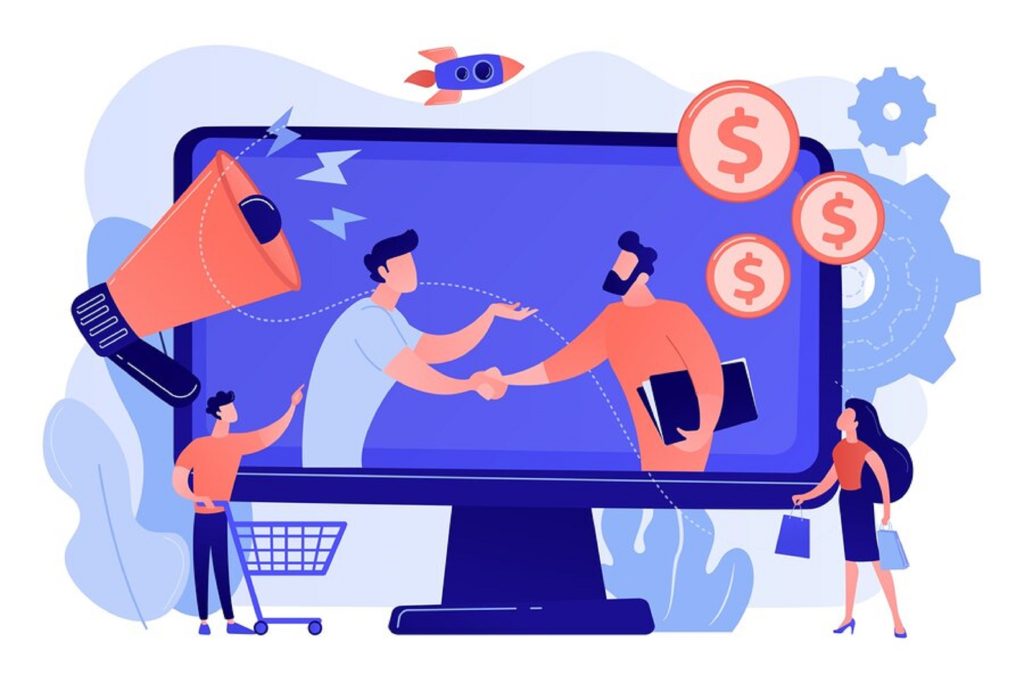In the competitive world of sales, personalization stands as a key differentiator. It transforms generic outreach into tailored interactions, resonating with individual needs and preferences. However, implementing personalization is not without challenges.
It requires a nuanced understanding of the audience, technology, and ethics. Let’s explore the best practices for personalizing sales outreach, offering actionable insights and strategies to enhance engagement and conversion.
Best Practices for Personalizing Sales Outreach
Personalizing sales outreach is essential in today’s competitive market. It fosters deeper connections with customers, enhancing engagement and conversion. This article explores the best practices to implement personalization effectively, ensuring alignment with customer needs and maximizing the impact of sales strategies.
- Identifying Target Demographics: Knowing who you’re selling to is the first step. Identifying target demographics such as age, occupation, and location enables a focused approach, ensuring that efforts are directed toward those most likely to engage.
- Analyzing Customer Behavior: Beyond demographics, understanding how customers interact with your brand is vital. Analyzing behaviors such as purchasing patterns, online activity, and feedback provides insights into what resonates with them, allowing for more targeted and effective outreach.
- Creating Customer Personas: Personas are fictional representations of your ideal customers. By creating detailed personas, sales teams can visualize and understand the unique needs and challenges of different customer segments. This enables crafting messages and strategies that speak directly to individual experiences and desires, fostering a more personalized and impactful connection.
- Selecting Appropriate Channels: Choosing the right communication channels is paramount. Whether it’s email, social media, or direct calling, the channel must align with where the target audience spends their time and how they prefer to engage.
- Aligning Channels with Customer Preferences: Understanding customer preferences allows for a more targeted approach. If a segment of your audience prefers communication via social media, then aligning your outreach through those channels will likely yield better results.
- Multi-Channel Approach: Embracing a multi-channel approach ensures that you reach your audience wherever they are. By integrating various channels, you create a cohesive and consistent brand experience, enhancing engagement and conversion rates.
- Importance of Tone and Language: The way a message is conveyed can be as impactful as the message itself. Using a tone and language that resonate with the audience fosters a more personal connection, enhancing the effectiveness of the outreach.
- Using Customer Insights: Leveraging insights gleaned from customer behavior and feedback allows for truly personalized messaging. By understanding what resonates with each segment, you can craft messages that speak directly to individual needs and interests.
Read More: SalesTechStar Interview with Kristy Schafer, Vice President of US Sales at Optable
Case Studies – Benefits of Personalization
The following case studies demonstrate the diverse applications and significant impact of personalization across various industries. Whether it’s recommending products, curating content, creating unique marketing campaigns, or offering personalized discounts, these brands have leveraged customer insights and technology to create personalized experiences.
- Amazon: Amazon’s recommendation engine is a prime example of personalization at its best. By analyzing individual purchasing history, browsing behavior, and customer reviews, Amazon provides tailored product recommendations. This not only enhances the shopping experience but also increases sales through relevant suggestions.
- Coca-Cola: Coca-Cola’s “Share a Coke” campaign allowed customers to personalize Coke bottles with their names. This innovative approach created a personal connection with the brand, driving sales and social media engagement. The campaign’s success showcased the power of personalization in resonating with consumers.
- Spotify: Spotify’s personalized playlists, such as “Discover Weekly,” are curated based on individual listening habits. By offering tailored music recommendations, Spotify enhances user engagement and satisfaction, encouraging continued subscription and usage. This strategy has helped Spotify stand out in the crowded music streaming market.
- Starbucks: Starbucks’ mobile app offers personalized discounts and recommendations based on previous purchases. By integrating purchase history with location data, Starbucks can provide timely and relevant offers, enhancing customer loyalty and increasing repeat visits.
Common Mistakes to Avoid When Personalizing Your Sales Outreach
By being mindful of the fine line between personalization and intrusion, maintaining consistency, and actively engaging with customer feedback, businesses can create personalized experiences that truly resonate.
Here are some of the mistakes that must be avoided when personalizing your sales outreach:
- Over-Personalization: Striking the right balance in personalization is crucial. Over-personalization can feel intrusive and may alienate customers. It’s essential to personalize outreach in a way that resonates without crossing boundaries, maintaining respect for individual privacy.
- Lack of Consistency: Inconsistent messaging across different channels can confuse and frustrate customers. Ensuring that personalized messages are consistent in tone, content, and branding across all platforms creates a cohesive and trustworthy brand image.
- Ignoring Feedback: Customer feedback is a valuable resource in refining personalization strategies. Ignoring or failing to act on feedback can lead to missed opportunities for improvement and may erode customer trust.
Conclusion
Personalizing sales outreach is a nuanced and powerful strategy that can significantly enhance customer engagement and conversion. By understanding the audience, tailoring communication, leveraging technology, adhering to ethical practices, learning from real-life examples, and avoiding common mistakes, businesses can create meaningful connections with their customers. This tailored approach fosters trust, loyalty, and success in today’s competitive and ever-evolving marketplace.
Read More: Three Effective Ways to Use Owned Media to Drive B2B Technology Sales





















